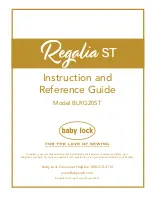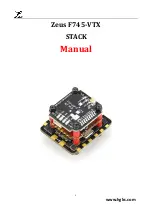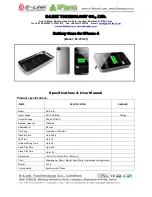
12
HELPFUL DEFINITIONS
Division: The amount of increments a scale offers. How accurate the scale can be
Capacity: the maximum amount the scale can contain
Initial Zero Range: The percentage of weight allowed on the scale when indicator is powered
on that will automatically zero.
example: If initial zero range is set to 10% of the max. capacity and your max. capacity is
100lbs, you can place up to 10lbs of weight on the scale and when the indicator is powered on, it
will automatically zero out the weight.
Manual Zero Range: The percentage of weight allowed on the scale where the indicator will let
you manually zero (anything above this percent will be tared)
Zero Tracking Range: A subset to the manual zero range; if the weight on the scale
is not stable, the zero tracking range still allows you to zero within a set division of the
scale
Zero Tracking Time: A subset to the zero tracking range, it is the time allowed for the
scale to fall within the zero tracking range tolerance and still qualify to be zero’d
Overload Range: Weight allowance that is out of the set calibrated range. Adds a
tolerance to the calibrated max. capacity without having to recalibrate.
example: If your scale has a max. capacity of 1000lbs with a division of 1 and you set
the overload range to 60, you can add 1060lbs of weight to the scale without it
displaying an error code
Negative Display: How far you can go in the negative direction before displaying an
error code
Standstill Time: How fast the scale will stabilize
Standstill Range: How much the scale can fluctuate before being determined stable
Digital Filter: For filtering moving weight, such as animals, It changes how sensitive
the scale is to variations in movement.
Noise Filter: A filter for how susceptible the scale is to general variations
Baud Rate: The rate at which information is transferred in a communication channel.
example: In the serial port context, “9600 baud” means that the serial port is capable of
transferring a maximum of 9600 bits per second.




































